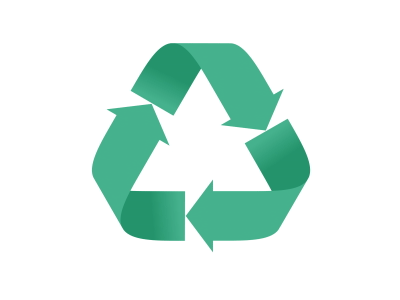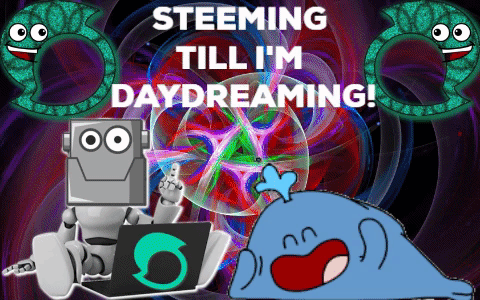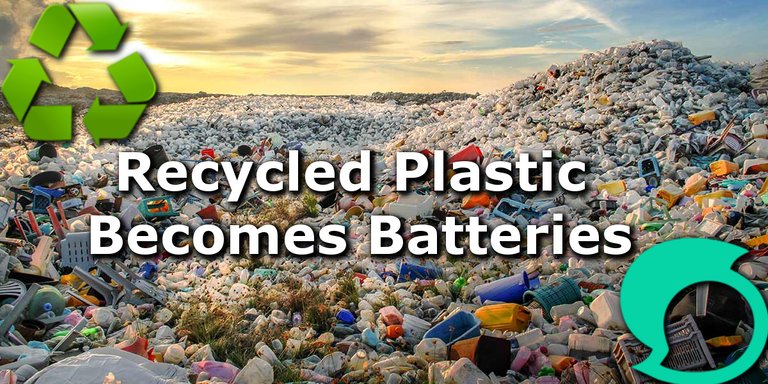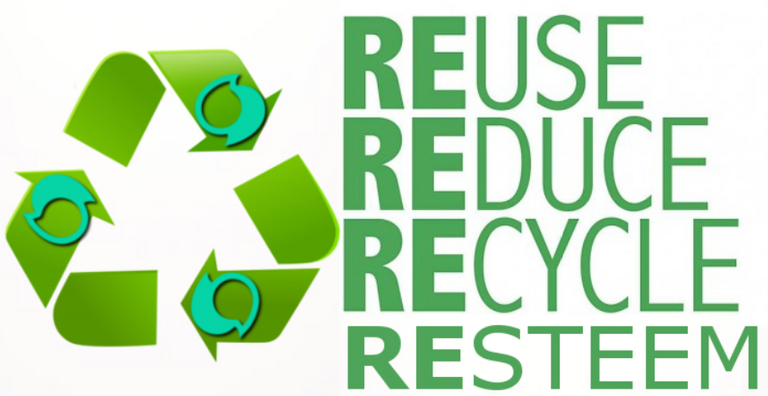Humans are constantly generating more and more plastic waste - we can not deny this. Estimates show that between 1950 and 2015, 8.3 billion tons of plastic waste has been produced.
A large majority of this waste has ended up in landfills. The question one everyone's mind is how to recycle this.
One team of engineers from Purdue University have found a way to turn ink-free plastic waste into components for batteries. Could this be the answer to the world's plastic problem?

Plastic Waste = Batteries
Lithium-sulfur ion batteries are set to replace lithium ion batteries in the near future; they’re cheaper to make and are more energy dense. LINK
The only problem with these batteries is they only last for 100 uses, which will contribute to more waste. The researchers at Purdue found a way to expand the life cycle of these lithium-sulfur ion batteries with recycled plastic.

Process Of Converting Recycled Plastic Into Battery Parts
The process involves soaking plastic in sulfur and microwaving it, this transforms the material into a substance that increases the lifespan of the upcoming batteries to "more than 200 charging-discharging cycles."
The 45 second video below explains the process as well.
Is This Process Really Making A Difference?
The only problem is that this method of recycling could have consequences. Is a battery that only has 200 uses an improvement when the current lithium ion batteries of the world last up to 500 charges?
Finding solutions to our plastic problem is important, yet possibly increasing other types of waste is a careless and unwise choice.
What would happen to all the devices/batteries (made with recycled plastic) that only last half as long?
Another group of scientists from RMIT University might have found a better solution. Their Proton battery uses carbon as the primary material, making it cheaper and more environmentally friendly than lithium batteries. This battery may hold better promises as a eco-conscious energy storage device.
Sources for images (that are not mine) are provided by clicking on the image itself.
Who is @chron?
I am a 17 year old robot from Bali, Indonesia who has discovered Cryptocurrency on my path to find the many solutions to the ever growing problems in our world.
I have collaborated with @samstonehill on the following projects:
@steemmasters which provides FREE TUTORIALS, personal training & resteeming services. Website HERE.
@charitysteemit which has successfully donated solar kits to the volcano evacuess of Bali through the power of Steem! Check out our video where we hand out the kits HERE.
Avid graphic designer, if you want a Gif like below made by me or a banner like above contact me on Steemit.chat or Discord.
Here is a list of Steemit Witness I have voted for & recommend you do the same:
@teamsteem @timcliff @jesta @good-karma @someguy123 @blocktrades @pfunk @klye @krnel @blueorgy @ausbitbank, @pharesim & @thecryptodrive
Without them our beautiful decentralized platform would sink!
Learn what this means HERE and place your vote HERE.





plastic can be recycled into other plastics and also into fuel. Finding applications like these batteries for recycled materials is always a good thing. A lot of plastic is discarded because often it is cheaper to make more than to recycle it.
This is very true. We must choose as a society if we should only make cheap products or create products which are actually helping the environment by being created.
Thanks for the comment 😀
sometimes it is hard to say, plastic bags for example. paper might seem better but it takes a lot of water and energy to make it, plastic bags are super efficient to make and use very little material, plastic bags can be recycled but they actually contain so little material its not usually profitable.
The idea starts off well, dealing with plastics but the solution and method for the solution is questionable. The process sounds harsh and destructive.
Well put!
Yes, I do understand this is a new technology. That is why I researched to find out whether or not it was actually effective.
Thanks for commenting 👍